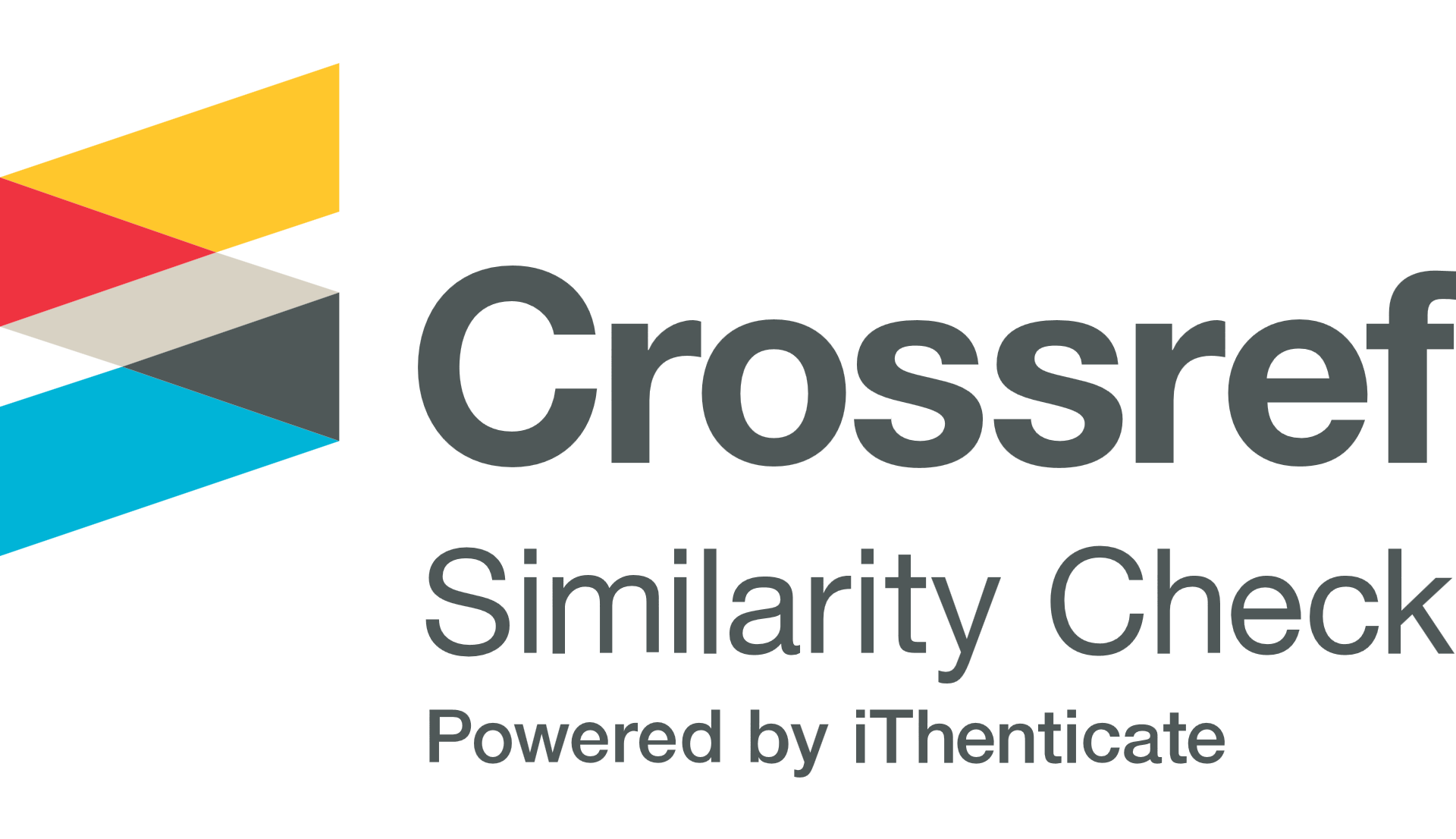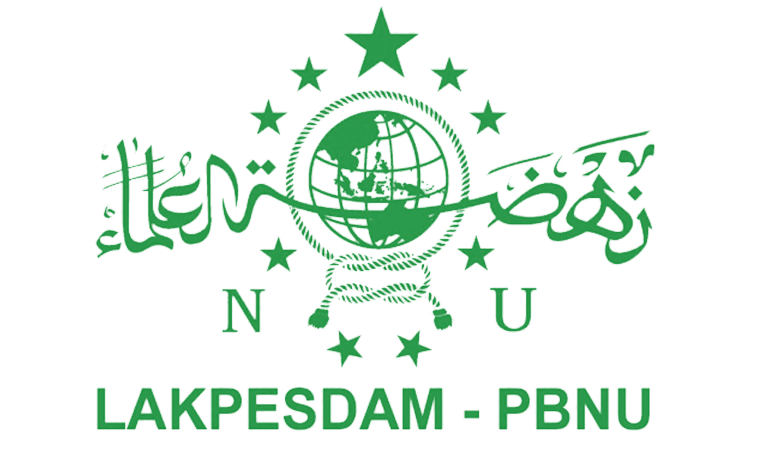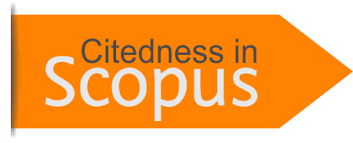SEGREGATION OF RELIGIOUS IDENTITY: An Ethnography of Religion Pluralism and Cultural Trauma in the Tolaki Communities
DOI:
https://doi.org/10.31969/alq.v28i2.1090Keywords:
Cultural Trauma, Religion Pluralism, Segregation, Tolaki Communities.Abstract
This article aimed to determine segregation between Muslims and Christians in the Tolaki ethnic community, especially in the Wolasi and Lambuya Sub-districts, Southeast Sulawesi, Indonesia. The two areas are important to review, considering that the two populations, consisting of Muslims and Christians, come from the same ethnic group but differ in their response to religious pluralism. The method used is descriptive qualitative, utilizing observation and in-depth interviews. Furthermore, the data were analyzed using ethnography and historical approaches. The results show that the Tolaki ethnic group (Muslim and Christian) in the Lambuya community more openly responds to religious pluralism than the Wolasi community. In terms of historical perspective, the Wolasi community experienced cultural trauma from the history of Christianization during the Dutch colonies. This is because there were significant differences in perspective between religious believers, even though they were still in one ethnic group and family. In contrast, the Lambuya community prioritizes the interests of brotherhood relations within the same ethnicity and family. But the people in both subdistricts take local customs and cultures into account when trying to solve religious and social problems. If they don’t get along because of their different religions, Kalosara can help them work things out. This research suggests that combining faith and local wisdom is an alternative way to deal with social diversity.References
Abdulla, M. R. 2018. “Culture, Religion, and Freedom of Religion or Belief.†The Review of Faith & International Affairs 16 (4): 102–15. https://doi.org/10.1080/15570274.2018.1535033.
Afsaruddin, Asma. 2007. “Celebrating Pluralism and Dialogue: Qur’anic Perspectives.†Journal of Ecumenical Studies 42 (3): 389–406.
Alexander, J. 2004. “Toward A Theory of Cultural Trauma.†In Culturaltrauma and Collective Identity, edited by J. Alexander, 1–30. Berkeley, CA: University of California Press.
Ammerman, Nancy T. 2010. “The Challenges of Pluralism: Locating Religion in a World of Diversity.†Social Compass 57 (2): 154–67.
Ataman, K. 2007. “Religion, Culture and The Shaping of Religious Attitudes: The Case of Islam.†Islam and Christian Muslim Relations 18 (4): 495–508. https://doi.org/10.1080/09596410701577316.
Atkinson, Quentin D, and Pierrick Bourrat. 2011. “Beliefs about God, the Afterlife and Morality Support the Role of Supernatural Policing in Human Cooperation.†Evolution and Human Behavior 32 (1): 41–49.
Atoi, E. N. 2018. “The Epistemology of Truth-Claims in the Global Multi-Religious Ambiance.†Studies in Interreligious Dialogue 28 (1): 129–47. https://doi.org/10.2143/SID.28.1.3285347.
Awoh, E. L., and W. G. Nkwi. 2017. “South Africa and Rwanda: Truth and Reconciliation Commissions, Peacebuilding, Religious and Local African Authorities in Conflict Situations.†Conflict Studies Quarterly 20 (1): 20–33. https://doi.org/10.24193/csq.20.2.
Beyers, J. 2017. “Religion and Culture: Revisiting A Close Relative.†HTS Theological Studies 73 (1): 1–9. https://doi.org/10.4102/hts.v73i1.3864.
Brulle, R. J., and K. M. Norgaard. 2019. “Avoiding Cultural Trauma: Climate Change and Social Inertia.†Environmental Politics 28 (5): 886–908. https://doi.org/10.1080/09644016.2018.1562138.
Cohen, A. B. 2009. “Many Forms of Culture.†American Psychologist 64 (1): 194–204. https://doi.org/10.1037/a0015308.
Dhewayani, Jeanny. 2016. “Managing Religious Diversity in Indonesia: Policy and Reality.†Religion, Public Policy and Social Transformation in Southeast Asia, 71.
E., Courtney Bender, and Pamela Klassen. 2010. “Introduction: Habits of Pluralism.†In After Pluralism: Reimagining Religious Engagement, 1–28. New York: Columbia University Press.
Formichi, Chiara. 2013. “Introduction: Religious Pluralism, State and Society in Asia.†In Religious Pluralism, State and Society in Asia, 1–9. New York: Routledge: Taylor & Francis Group.
Glazier, Rebecca A. 2018. “How Religion Influences Peacemaking.†CAHSS: College of Art, Humanities, Social Sciences Journal 25 (2): 1–28. https://doi.org/10.46743/1082-7307/2018.1452.
Graham, Jesse, and Jonathan Haidt. 2010. “Beyond Beliefs: Religions Bind Individuals into Moral Communities.†Personality and Social Psychology Review 14 (1): 140–50.
Hasyim, Syafiq. 2015. “Majelis Ulama Indonesia and Pluralism in Indonesia.†Philosophy & Social Criticism 41 (4–5): 487–95.
Hick, John. 1985. Problem of Religious Pluralism. New York: Palgrave Macmillan.
Hosu, Ioan, and Sandu Frunză. 2013. “Religious Affiliation and Social Action in the Public Space.†Revista de Cercetare Si Interventie Sociala 43 (1): 240–54.
Hu, Jiantao, Qian-Ming Zhang, and Tao Zhou. 2019. “Segregation in Religion Networks.†EPJ Data Science 8 (1): 1–11. https://doi.org/https://doi.org/10.1140/epjds/s13688-019-0184-.
Isra, Saldi, and Hilaire Tegnan. 2021. “Legal Syncretism or the Theory of Unity in Diversity as an Alternative to Legal Pluralism in Indonesia.†International Journal of Law and Management 63 (6): 553–68.
Iwamony, Rachel. 2020. “Coping with Religious-Based Segregation and Discrimination: Efforts in an Indonesian Context.†HTS Teologiese Studies/Theological Studies 76 (4): 2–8.
Kawangung, Y. 2019. “Religious Moderation Discourse in Plurality of Social Harmony in Indonesia.†International Journal of Social Sciences and Humanities 3 (1): 160–70. https://doi.org/10.29332/ijssh.v3n1.277.
Kevin, Avruch. 2020. “Culture and Conflict Resolution.†In The Palgrave Encyclopedia of Peace and Conflict Studies, edited by Richmond O. and Visoka G., 1–6. Palgrave Macmillan, Cham.
Klinken, Gerry Van. 2003. “Ethnicity in Indonesia.†In Ethnicity in Asia, 88–111. Routledge.
Knox, H M. 1973. “Religious Segregation in the Schools of Northern Ireland.†British Journal of Educational Studies 21 (3): 307–12.
Lengenhausen, Muhammad. 2005. “A Muslim’s Non-Reductive Religius Pluralism.†In Islam and Global Dialogue: Religious Pluralism and the Pursuit of Peace, edited by Roger Boase, 51–73. Burlington: Ashgate Publishing Limited. https://doi.org/10.4324/9781315589909.
Mionel, Viorel. 2019. “From Religious Segregation to Cultural Heritage: The Case of the Armenian Community in Bucharest.†Journal of Urban and Regional Analysis 11 (1): 69–86.
Nur, Iffatin, and Susanto Susanto. 2020. “Social Conflict in Indonesia: Safeguarding a Nation as a New Approach for Resolving National Disintegration.†Journal of Social Studies Education Research 11 (2): 151–73.
Pedersen, Lene. 2016. “Religious Pluralism in Indonesia.†The Asia Pacific Journal of Anthropology. Taylor & Francis.
Pohl, F. 2009. “Interreligious Harmony and Peacebuilding in Indonesian Islamic Education.†In Peace Psychology in Asia, 147–60. New York: Springer.
Pratt, D. 2007. “Exclusivism and Exclusivity: A Contemporary Theological Challenge.†Pacifica 2 (3): 291–306. https://doi.org/10.1177/1030570X0702000304.
Sasaki, J. Y., & Kim, H. S. 2011. “At The Intersection of Culture and Religion: A Cultural Analysis of Religion’s Implications for Secondary Control and Social Affiliation.†Journal of Personality and Social Psychology 101 (2): 401–414. https://doi.org/10.1037/a0021849.
Schwartz, T. 1992. “Anthropology and Psychology: An Unrequited Relationship.†In New Directions in Psychological Anthropology, edited by T. Schwartz, G. White, and C. Lutz, 324. Cambridge: Cambridge University Press.
Skeie, Geir. 1995. “Plurality and Pluralism: A Challenge for Religious Education.†British Journal of Religious Education 17 (2): 84–91. https://doi.org/10.1080/0141620950170203.
Smith, Alan. 2001. “Religious Segregation and the Emergence of Integrated Schools in Northern Ireland.†Oxford Review of Education 27 (4): 559–75.
Sosis, Richard, and Candace Alcorta. 2003. “Signaling, Solidarity, and the Sacred: The Evolution of Religious Behavior.†Evolutionary Anthropology: Issues, News, and Reviews: Issues, News, and Reviews 12 (6): 264–74.
Sunarko, Adrianus. 2018. “Religion in a Democratic and Pluralistic Society (The Experience of Indonesia).†International Journal of Public Theology 12 (3–4): 440–54.
Susanto, Nanang Hasan. 2019. “Politicization of Religion and the Future of Democracy in Indonesia in Populism Theory.†Journal for the Study of Religions and Ideologies 18 (54): 139–58.
Suwarno, P. 2005. “Resolving Religious Conflicts Through Expanding Inter-Religious Communication: Issues and Challenges.†Al-Jami’ah: Journal of Islamic Studies 43 (2): 309–25. https://doi.org/10.14421/ajis.2005.432.209-325.
Tabory, Ephraim. 1989. “Residential Integration and Religious Segregation in an Israeli Neighborhood.†International Journal of Intercultural Relations 13 (1): 19–35.
Tarimana, Abdurrauf. 1985. “Kalo Sebagai Fakus Kebudayaan Tolaki.†Jakarta: Universitas Indonesia.
Wasino, Wasino. 2013. “Indonesia: From Pluralism to Multiculturalism.†Paramita: Historical Studies Journal 23 (2): 148–55.
Wirman, W. 2017. “Plurality in The Context of Religious Harmony.†IOSR Journal of Humanities and Social Science 22 (11): 25–31. https://doi.org/10.9790/0837-2211052531.
Ysseldyk, Renate, Kimberly Matheson, and Hymie Anisman. 2010. “Religiosity as Identity: Toward an Understanding of Religion from A Social Identity Perspective.†Personality and Social Psychology Review 14 (1): 60–71. https://doi.org/https://doi.org/10.1177/1088868309349693.
Additional Files
Published
Issue
Section
License
Authors who publish with this journal agree to the following terms:
- Authors retain copyright and grant the journal right of first publication with the work simultaneously licensed under Creative Commons Attribution-NonCommercial-ShareAlike 4.0 International License that allows others to share the work with an acknowledgement of the work's authorship and initial publication in this journal.
- Authors are able to enter into separate, additional contractual arrangements for the non-exclusive distribution of the journal's published version of the work (e.g., post it to an institutional repository or publish it in a book), with an acknowledgment of its initial publication in this journal.
- Authors are permitted and encouraged to post their work online (e.g., in institutional repositories or on their website) prior to and during the submission process, as it can lead to productive exchanges, as well as earlier and greater citation of published work (See The Effect of Open Access).















